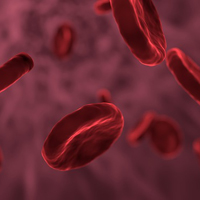Use of CytoSorb in the emergency department-high dependency unit: A case report and a mini review

Accepted: 23 September 2021
All claims expressed in this article are solely those of the authors and do not necessarily represent those of their affiliated organizations, or those of the publisher, the editors and the reviewers. Any product that may be evaluated in this article or claim that may be made by its manufacturer is not guaranteed or endorsed by the publisher.
Authors
Circulating inflammatory mediators and cytokines play a pivotal role in the progression of sepsis, leading in turn to septic shock, organ failure and resistance to standard therapy. Blood purification therapies may be adjuvant treatment for severe sepsis, but results have been shown to be so far controversial. Recently, CytoSorb has achieved promising outcomes on reduction of cytokine blood levels, improvement of clinical parameters and mortality in sepsis, as well as in other acute conditions. It is mostly used in Intensive Care Unit (ICU), in isolated hemoperfusion, or inserted in other circuits in addition to Continuous Renal Replacement Therapy (CRRT), heart-lung machines and extracorporeal membrane oxygenation. We report a case of septic shock occurred in our Emergency Department-High Dependency Unit (ED-HDU), resistant to standard therapy and improved after CytoSorb, so avoiding ICU hospitalization.
How to Cite
PAGEPress has chosen to apply the Creative Commons Attribution NonCommercial 4.0 International License (CC BY-NC 4.0) to all manuscripts to be published.

 https://doi.org/10.4081/ecj.2021.9825
https://doi.org/10.4081/ecj.2021.9825








